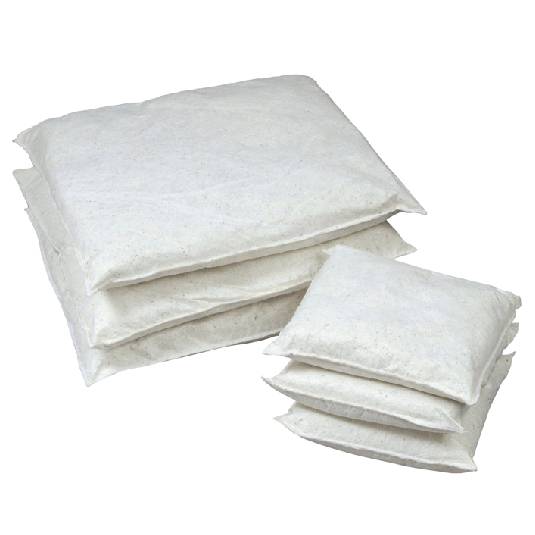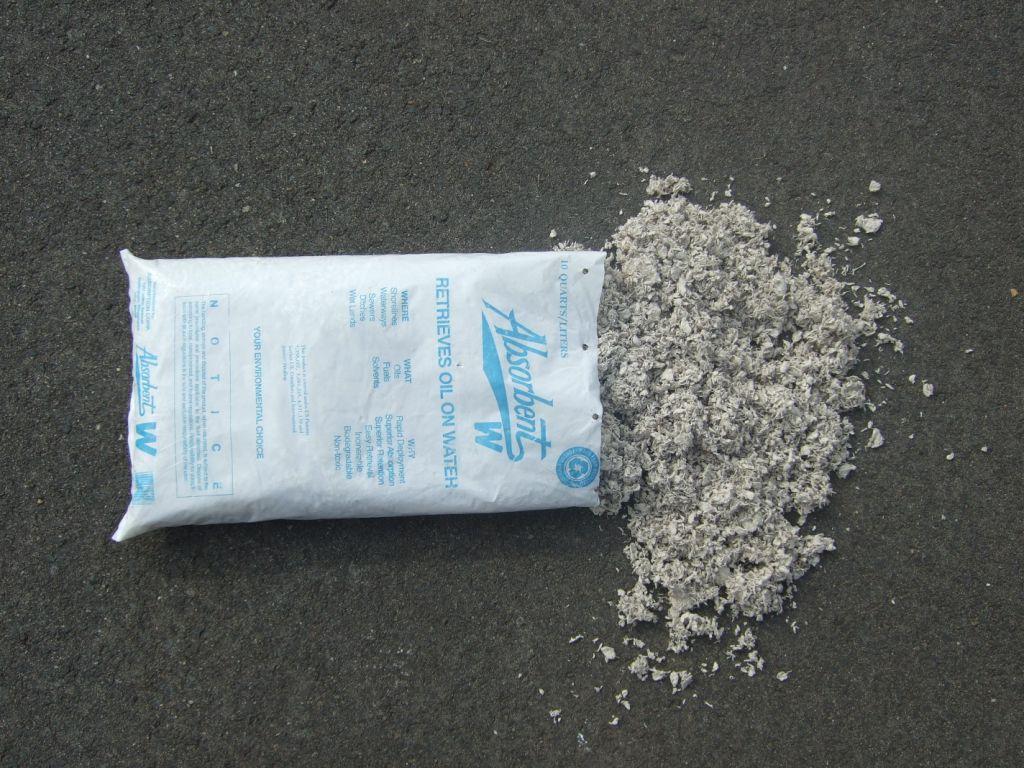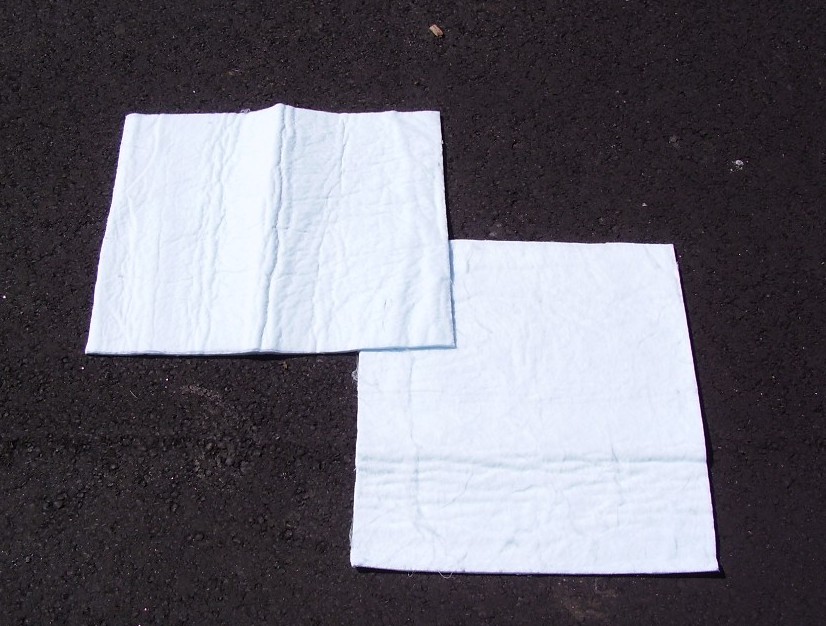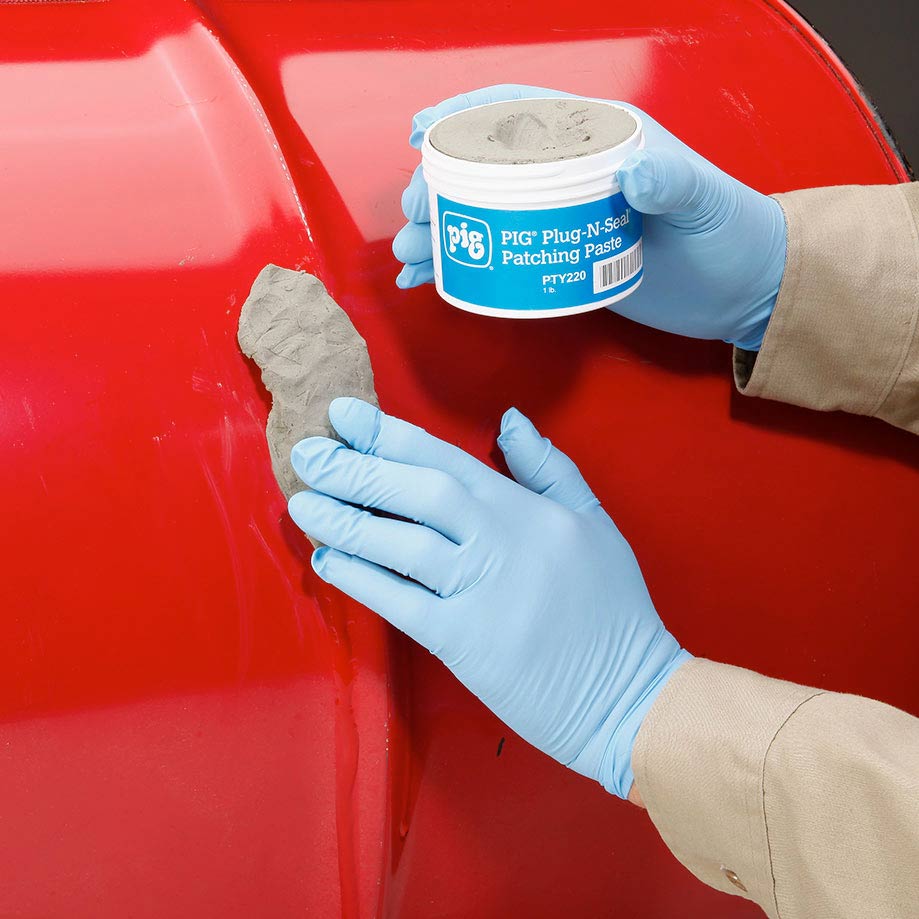How to use Spill Response Materials
Socks
.jpg?h=57%25&w=80%25&rev=943003cd232e4efe9ea80caa33c0b213&hash=933C646E2FB9C63EB189F09FCAAFB212)
When to use: Oil and fuel spills requiring containment.
How to use: Surround leaking drums, place in the flow path, as a floating boom.
Capacity: A 3m sock will hold approximately 6L of oil.
Comments: Netted socks are available for use with high water flows. Product is not designed to float for long periods and will sink when full of oil.
Booms
.jpg?h=69%25&w=80%25&rev=fec5645cb09542049a0f503180b65dc5&hash=962C54E6DC25CAA58512E0D1CA32FC71)
When to use: Oil and fuel spills requirement containment in an aquatic environment (ie creek, stormwater channel).
How to use: Booms are similar to socks but are generally larger and can be used to extend across a waterway to contain a spill. Booms are used to create a floating barrier.
Capacity: Booms may or may not be absorbant.
Comments: May require more than one person to install and maintain.
Pillows

When to use: Oil spills and leaks involving pits and drains.
How to use: Place in drain, pit or gutter.
Capacity: Approximately ½ the volume of the absorbent (eg a 20L pillow will absorb 10L of oil).
Comments: Netted pillows are available for use with high water flows.
Absorbent

When to use: Oil and fuel spills, leaks, drips, and clean up.
How to use (land): Place on oil and spread with broom for maximum oil absorption.
How to use (water): Spread over water, usually in conjunction with a boom and then collect product with a pool scoop.
Capacity: Approximately ½ to 1 times the volume of the absorbent (eg a 50L bag will absorb 25-50L of oil).
Comments: Product is not designed to float for long periods and will sink when full of oil.
Pads

When to use: Oil and fuel spills, leaks, drips, and clean up.
How to use: Place under leaks/drips, as a floating pad, place in trafficable areas, place in drip trays, use as a wipe.
Capacity: Approximately 1L of oil per pad.
Comments: Product is not designed to float for long periods and will sink when full of oil.
Putty

When to use: Quick temporary seal for damaged equipment or storage tank.
How to use: It may be a putty or granular (requiring mixing with water). Wearing gloves, apply putty to damaged area to create a seal. Putty should be shaped over the damaged area to stop the leak.
Comments: Not to be used as a permanent repair. Damaged item should be drained immediately.